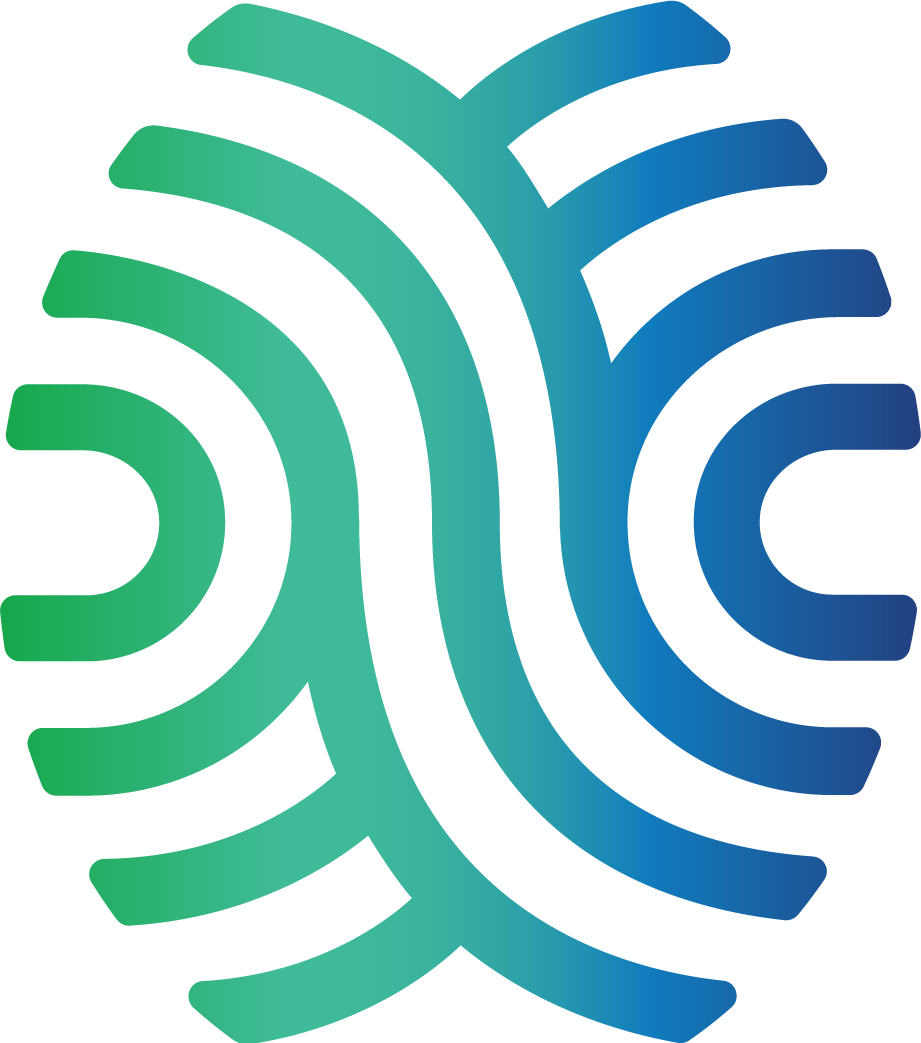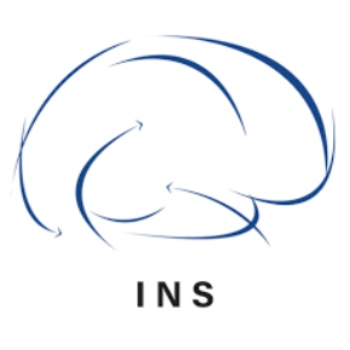Do you know your brain has the ability to change itself no matter how old you are?
The process, known as neuroplasticity, happens daily. It’s also something that you can encourage with the help of light stimulation.
What’s Neuroplasticity
Neuroplasticity, or brain plasticity, refers to the brain’s ability to change by creating new neural pathways and modifying existing ones.
Our brains are like supercomputers with astonishing processing power. But unlike computers, our brains are not limited by build specifications. Thanks to neuroplasticity, every time we learn something new, we are connecting new neurons and changing our brains’ existing mode of operation. That means our brains can update and upgrade throughout the lifetime.
Why Neurons
Neuroplasticity would not be possible without the malleability of neurons that allows us to create new connections between our neurons and rewire our brains. Our Brain Pacer, which uses near-infrared light to stimulate brain cells, is able to promote that process by increasing mitochondrial function, or the energy metabolism of the cell.
Research has shown the technology is effective and low risk. According to a 2019 study published by Salephour, F. et al., applying near-infrared light to the brain “has significant, beneficial effect on cognitive performance in young, healthy individuals.” The study arrives at the conclusion by taking a systematic review and meta-analysis of over 871 studies. Visit our library for the full paper.
How to Learn Best
Until recently, scientists believed that brain development comes to a halt during adulthood. And now we know that is not true. We can take full advantage of neuroplasticity by learning something new and complex, such as learning a new language or instrument. These activities, which require practice, really challenge and engage our brains. Repeating an activity reinforces new pathway connections.
Studies have long shown musicians and people who speak multiple languages have a better working memory, which makes it easier for them to perform tasks such as remembering a phone number or doing mental math.
Our brains are truly amazing, aren’t they?
You can access more information about how photobiomodulation works on healthy brains. Click here to be directed to the scientific publication.
[/et_pb_text][et_pb_text _builder_version=”4.4.5″][/et_pb_text][et_pb_post_nav in_same_term=”off” _builder_version=”4.4.2″ title_text_color=”#000000″ use_border_color=”off” border_color=”#ffffff” border_style=”solid” hide_prev=”off” hide_next=”off”] [/et_pb_post_nav][/et_pb_column_inner][/et_pb_row_inner][/et_pb_column][et_pb_column type=”1_4″ _builder_version=”3.25″ custom_padding=”|||” custom_padding__hover=”|||”][et_pb_sidebar area=”custom-sidebar-1″ _builder_version=”3.17.6″] [/et_pb_sidebar][/et_pb_column][/et_pb_section]











